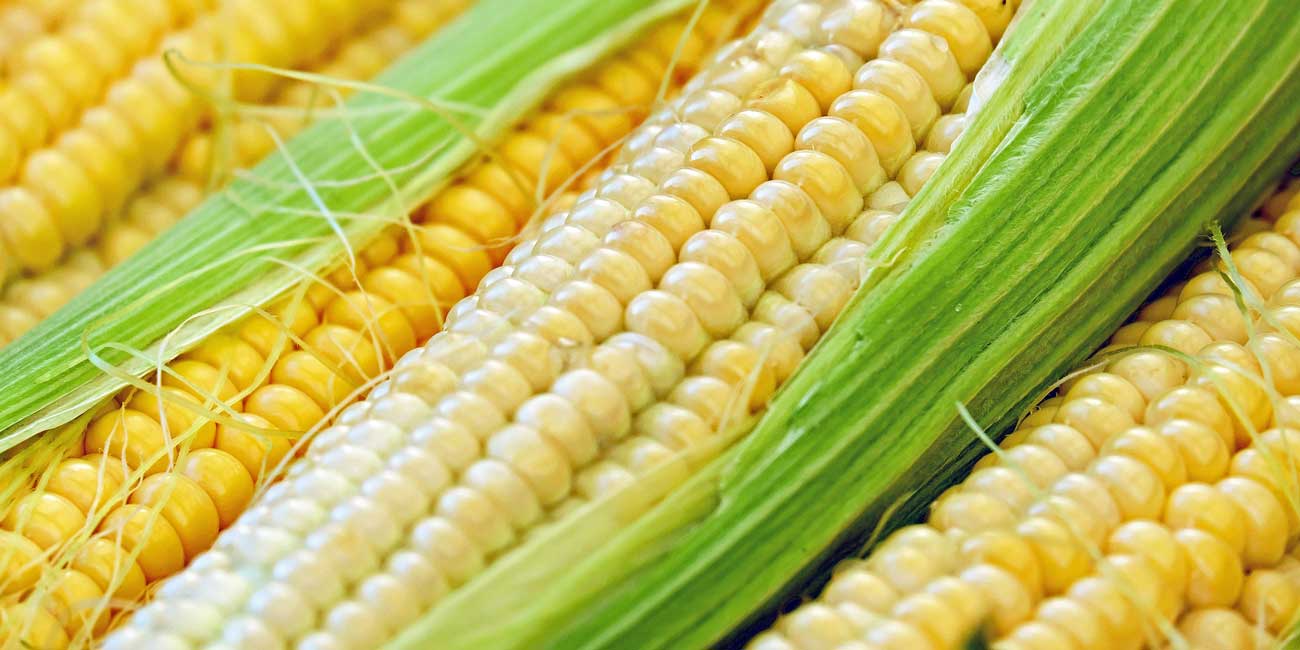For years I struggled with hip pain. It was intermittent, but it was bad enough that it was very painful to sleep on my side, and I needed extra pain meds. It took me a while to connect the dots, but at some point my naturopath advised me to remove corn from my diet.
After that appointment, I went home and looked in my cupboards. You guessed it. I found many food products that contained corn. We’re talking common ingredients, such as corn starch, corn syrup solids and high-fructose corn syrup. At the grocery store, I read the labels and discovered that corn is in many mass-produced products, and it was almost impossible to avoid when shopping at a mainstream supermarket. That was the start of my switch to health-food stores, where I was able to find products that didn’t use corn.
Caught by surprise
I was going along, doing well and not having hip pain. Along with avoiding corn, I also avoided sugar and mainly used Stevia as a sweetener. Then one day I was out of Stevia and made the mistake of using Splenda® I found in my cupboard. What do you know? The hip pain was back. I went over everything I had eaten during the day and determined it had to be the Splenda®. But how could that be? There was no corn in the ingredients. Or was there?
Hidden corn
I had diligently read the labels and avoided corn, or so I thought. What I didn’t understand was that hidden corn is in many things. But, it’s not called corn. Yeah. It’s not called “corn.” It turns out there are a lot of corn derivatives with names that sound nothing like corn.
Here are some ingredients to watch out for:
- Cellulose – food additive to improve physical qualities such as smoothness and creaminess. Used in dressings, sauces and ice-cream.
- Citric Acid – a flavoring and setting agent. Usually derived from corn, sometimes from fruit
- Dextrose – corn sugar used to sweeten candies and cookies. I even found this ingredient in Iodine Salt, yes, salt!
- Glycerine – preservative and sweetener used in many foods
- Maltodextrin – a de-clumping agent used in powder packets, among other uses. Used in products such as Splenda® and NuNaturals NuStevia®. Produced from starch, in the U.S. the starch is usually corn.
Conclusion
There are hundreds of ingredients that are corn-derived. It is that widely used. If I see an ingredient that I don’t recognize, I’m immediately suspicious and try to look it up. If in doubt, I’ll look at a different brand without that ingredient. I’ve had times, especially with supplements, that there just isn’t any other option. So, if I really need the supplement, I try it and see how my body does. Ninety-percent of the time I don’t have a reaction. When that happens, I suppose the amount of corn is very small or they used a starch other than corn. Part of the challenge is that some of these ingredients CAN be corn, but are not ALWAYS corn.
If you suspect you have a corn sensitivity or allergy, I suggest you do your best to avoid corn for a week or two to see what changes. Pay attention to your body. It will give you clues when you are on the right track.
Here’s are two resources for a more comprehensive list of corn derivatives:
